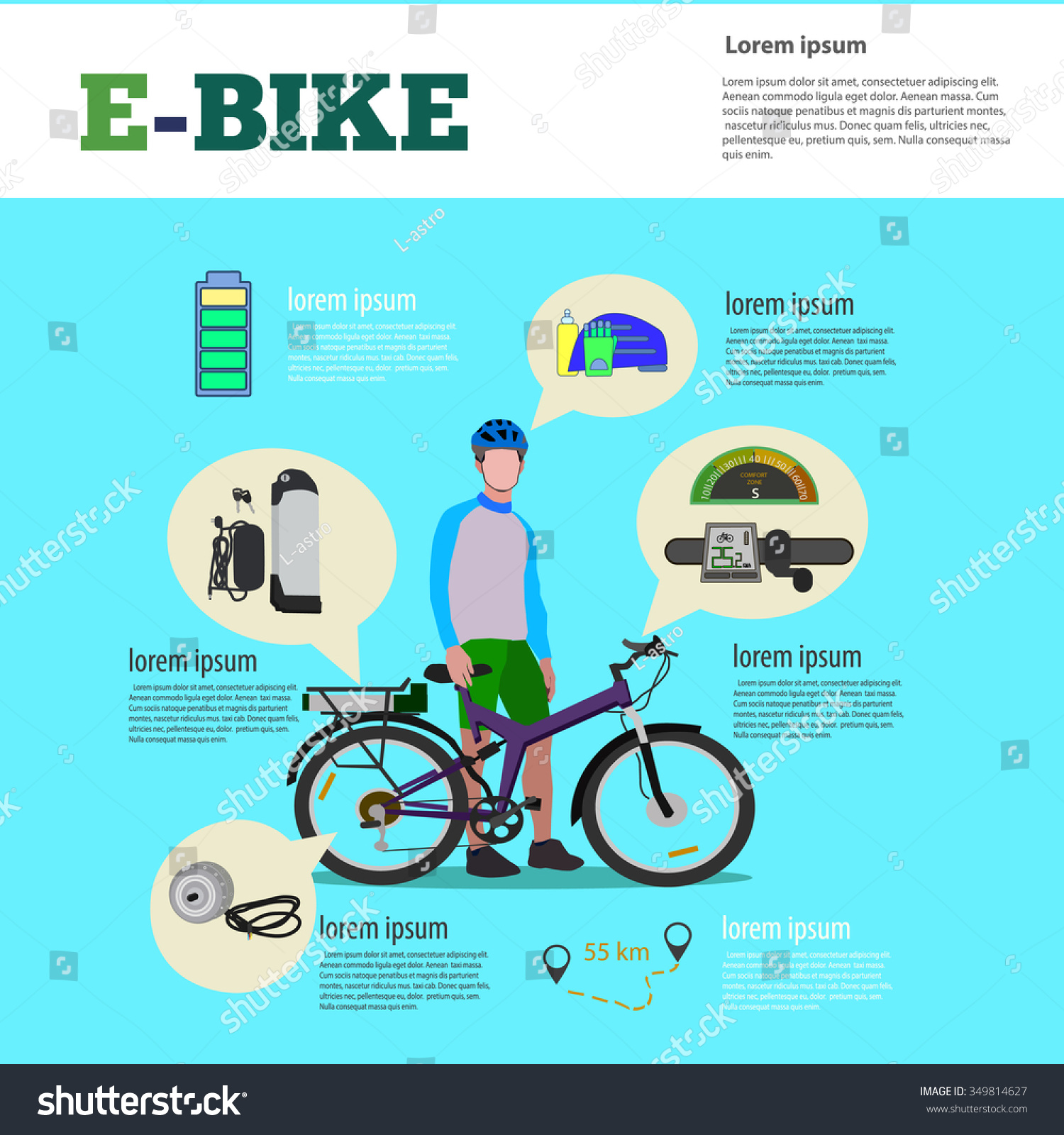Familiarize On Your Own With The Regulations In Your Region To Make Certain Risk-Free And Legal E-Bike Riding
Familiarize On Your Own With The Regulations In Your Region To Make Certain Risk-Free And Legal E-Bike Riding
Blog Article
electric skooter By-Moran Willumsen
Before you get on your e-bike and hit the streets, it's essential to understand the regulations and policies that control your city. From rate limitations to assigned riding locations, there's a lot to think about to guarantee you're compliant and secure. By acquainting on your own with the regulations particular to e-bikes, you'll be much better furnished to enjoy your trips with no unexpected legal issues. Stay tuned to discover crucial understandings that will certainly assist you browse the e-bike landscape in your city seamlessly.
Understanding E-Bike Category
When it concerns browsing the world of e-bike regulations and laws, a vital beginning factor is recognizing the category system that classifies these electric bikes. E-bikes are usually categorized into three primary classifications: Course 1, Class 2, and Course 3.
Class 1 e-bikes are pedal-assist just, indicating they provide support while the rider is pedaling and have a maximum speed of 20 mph. These bikes are allowed in areas where standard bikes are permitted.
Course 2 e-bikes are geared up with a throttle that can move the bike without pedaling. They also have a maximum speed of 20 miles per hour and appropriate for riders who might require assistance without pedaling continually.
Class 3 e-bikes are similar to Class 1 but with a greater maximum speed of 28 mph. These bikes are commonly limited from specific bike paths or trails because of their greater rates.
Recognizing these categories is vital for complying with neighborhood laws and ensuring a safe and satisfying e-biking experience.
Navigating Rate Limitations and Restrictions
To properly navigate e-bike regulations and regulations, it's essential to understand the rate restrictions and constraints that put on different courses of electric bikes.
Speed limits for e-bikes differ depending on the category of the bike. Course 1 e-bikes, which are pedal-assist only and have a maximum speed of 20 mph, are normally permitted on bike lanes and paths.
Class 2 e-bikes, which have a throttle along with pedal-assist and also get to speeds of up to 20 mph, may be limited in specific areas where motorized vehicles aren't allowed.
mouse click the following web page -bikes, with pedal-assist up to 28 miles per hour, are typically needed to follow the exact same policies as typical bicycles.
It's important to stick to these speed limits and constraints to ensure your security and the safety of others on the road. Prior to riding your e-bike, familiarize on your own with the specific guidelines in your city to prevent any kind of possible fines or legal concerns.
Where to Ride Your E-Bike
To determine where you can ride your e-bike, it's essential to be aware of the regulations and guidelines certain to your area. In a lot of locations, e-bikes are typically permitted on roads and roads where conventional bikes are permitted. This might include bike lanes, bike paths, and shared roads. However, it's critical to inspect local regulations as some cities might have particular limitations on where e-bikes can be ridden.
When riding your e-bike, constantly prioritize safety and security by following web traffic policies and appreciating pedestrian pathways. Furthermore, bear in mind any designated bike lanes or courses in your location and use them whenever feasible to ensure a smoother and safer trip.
Some cities additionally have policies regarding e-bike usage on walkways, so make certain to familiarize yourself with these guidelines to avoid any type of penalties or penalties.
Final thought
Since you recognize with the legislations and regulations bordering e-bikes in your city, you can confidently hit the trail knowing where you can ride and what constraints relate to your e-bike classification. Keep in mind to always prioritize safety and adhere to the regulations to ensure a smooth and lawful ride. Pleased riding!
